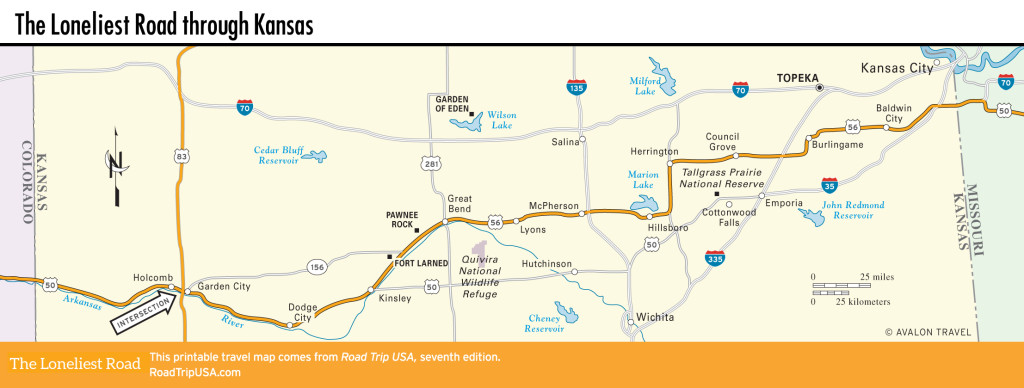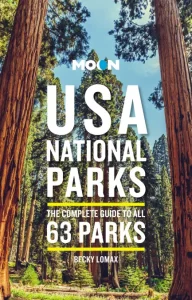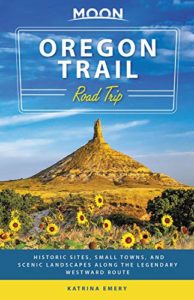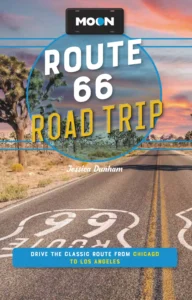Great Bend & the Garden of Eden
Great Bend
Spreading along the northern bank of the Arkansas River at the northernmost point on its sweep across central Kansas, Great Bend (pop. 15,170) was originally established as a fort along the Santa Fe Trail, but it really began to grow after the railroad came through. As with Dodge City to the southwest, the arrival of the railroad in 1872 attracted cattle drovers from the Chisholm Trail, who turned Great Bend into a raucous Wild West town. It’s now a quiet, rural city, earning its livelihood from wheat farms and, since the 1930s, oil.
Downtown Great Bend has a number of building-size murals, especially the blocks along Main Street perpendicular to US-56. The outskirts of town have the engaging Barton County Historical Society Museum (620/793-5125, Tues.-Sun. summer, Tues.-Fri. winter, $4), just south of the railroad tracks and the river along US-281. Farther afield, the Great Bend area holds two of the largest wildlife refuges in Kansas: Cheyenne Bottoms to the northeast and Quivira to the southeast, both of which offer excellent bird-watching and hunting opportunities.
Great Bend does have a fairly good range of places to eat, with franchise fast food supplemented by a handful of local restaurants like Granny’s Kitchen (925 10th St., 620/793-7441). Along with the national chains, one reliable place to stay in Great Bend is the Travelers Budget Inn (4200 10th St., 620/793-5448, $45 and up).
The next town east of Great Bend along US-56 is Ellinwood, where a couple of antiques shops mark the historic downtown area. Ellinwood sits atop a series of tunnels used as tornado shelters and occasionally as storerooms for contraband. These tunnels are open for guided tours by Ellinwood Underground (620/564-2400, daily by appt. $6).
Detour: The Garden of Eden
If you’re one of those bicoastal types who thinks the Midwest is full of conventional-minded folks leading ordinary lives as contented consumers, you owe it to yourself to visit the Garden of Eden (305 E. 2nd St., 785/525-6395, daily summer, Fri.-Sat. winter, $8), one of the country’s oldest and oddest folk-art environments. Located in the tiny town of Lucas, Kansas (pop. 391), the Garden of Eden is the sort of place that puts the Gothic back in American Gothic, a front-yard forest of biblical scenes and populist political allegories—Adam and Eve, Cain and Abel, and the Crucifixion of Labor at the Hands of Preachers, Bankers, and Lawyers—created out of concrete from around 1910 to 1930 by one Samuel Perry Dinsmoor. An Ohio native and Civil War veteran, Dinsmoor actively promoted his garden as a tourist attraction, managing to draw many hundreds of visitors to this distant and fairly inaccessible corner of Kansas. Dinsmoor died at age 89 in 1932 and is preserved in a glass-covered tomb on the property, yet he carried on his hucksterism even after death, insisting in his will that no one be allowed “to go in and see me for less than $1.”
This all-American Garden of Eden is at the corner of 2nd Street and Kansas Avenue in Lucas, which is on Hwy-18 north of Great Bend and 15 mi (24 km) north of I-70. Homespun Lucas is also home to the Grassroots Art Center (213 S. Main St., 785/525-6118), a gallery showing and selling artworks created by other self-taught “outsider” artists. Outside the gallery is a courtyard full of carved limestone masonry sculptures, many salvaged from demolished buildings around the area.
Lyons
The farming, oil-drilling, and salt-mining town of Lyons (pop. 3,511), about 30 mi (48 km) due east of Great Bend, doesn’t look much different from most other Kansas towns, but it has an unusually impressive history—and a nice courthouse square downtown. There’s a 150-ft-long (46-m) intaglio serpent carved into the prairie 8 mi (12.8 km) northeast of town, and some Santa Fe Trail ruts, but the most compelling remains are those left behind by Coronado’s expedition through the region in 1541, in search of the fabled Golden City of Quivira. Exhibits on all of these, as well as on Native American and pioneer cultures, are displayed inside the modern purpose-built Coronado-Quivira Museum (105 W. Lyon St., 620/257-3941, Tues.-Sat., $3), two blocks south of the landmark county courthouse
off US-56.
Along US-56, 2 mi (3.2 km) west of Lyons, a large cross marks the site where the priest Juan de Padilla, who accompanied Coronado on his expedition and returned the following year to convert the locals, was killed by unreceptive Native Americans, thereby becoming the first Christian martyr in what is now United States.

















